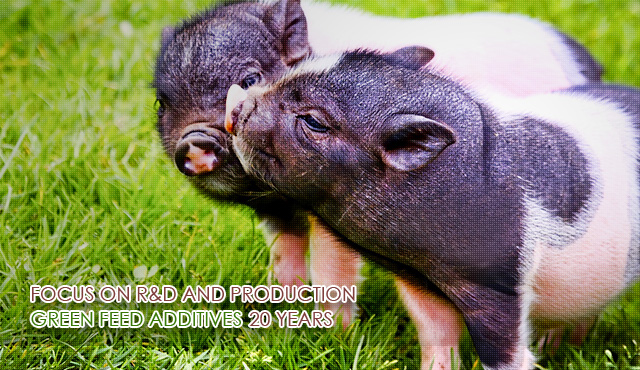COPYRIGHT 2020 © Jinan Tiantianxiang Co., Ltd. 鲁ICP备10032374号-3 Powered by www.300.cn
Add:No. 455, Zhandong Village, Dangjiazhuang Town,, Jinan, Shandong, China
Tel: +86-531-87122778 Mobile:+86-18888325228
Email:export@jnttx.com
WhatsApp:+86-18888325228
Website:www.jnttx.com
Pig probiotics aquaculture saccharomyces cerevisiae
Saccharomyces cerevisiae
√Preferably selected natural strains with high activity.
√It can tolerate gastric acid environment and has good stability.
√With rich metabolites .
√The feeding effect is remarkable.
Saccharomyces cerevisiae is a preferably selected natural strain, which can tolerate animal gastric acid environment. It can produce B vitamins, protease lipase amylase and other active substances in animals. All these can significantly enhance intestinal peristalsis and improve feed digestibility.
Saccharomyces cerevisiae
|
Content |
Saccharomyces cerevisiae |
|
Color |
|
|
Form |
Soluble powder |
|
Components |
Saccharomyces cerevisiae |
|
Specifications |
200 billion CFU/g |
|
Packaging |
25kg/bag |
|
Shelf life |
12 months |
|
Storage |
Sealed package in a cool,dry and ventilated place. |
Function
- Saccharomyces cerevisiae mainly play a role in the stomach and small intestine, by improving the environment of the gastrointestinal tract and bacteria structure, regulating gastrointestinal fermentation, reducing lactate production, stabilizing the pH value of the digestive tract. It promotes the growth and reproduction of beneficial bacteria mainly lactic acid bacteria and cellulose degrading bacteria. Increasing the concentration of beneficial bacteria and enhance the activity of beneficial bacteria.
- After the highly active saccharomyces cerevisiae proliferates in the gastrointestinal tract, it can inhibit the proliferation of pathogenic microorganisms and participate in the survival competition of pathogenic microorganism flora.And also repel pathogenic microorganisms in the stomach Adhesion of intestinal mucosa. At the same time, assisting the body to remove toxins and metabolic waste, enhance animal immunity and disease resistance.
- Yeast cell can produce rich B vitamins,protease enzyme,lipase enzyme, amylase enzyme etc. during the process of proliferation. They can promote intestinal peristalsis and enhance the digestion of nutrients absorption, improve feed utilization.
- Mannan oligosaccharides and glucans contained in yeast cell walls have strong immune regulation. It can improve the animal's resistance to external stimuli and reduce loss caused by the stress response.
- For ruminants, a large number of vitamins and digestive enzymes produced by active yeast can significantly promote the secretion of digestive juice and intestinal peristalsis, promote utilization of amino nitrogen for rumen and intestinal microorganisms. It c an synthesize a large amount of bacterial protein, promote animal growth,improve feed utilization, prevent diarrhea and overfeeding, and reduce constipation.
- In aquaculture, with the excessive and frequent use of feed and various chemical agents in aquaculture ponds, it will not only lead to the imbalance of microecology in aquaculture water bodies, but also aggravate the eutrophication of water bodies, and will produce secondary pollution. Excessive pesticide residues seriously affect the quality of aquatic products. Saccharomyces cerevisiae is an aerobic bacterium with strong degradation ability. It can not only degrade macromolecular organic matter ( such as protein, fat, etc. ), but also degrade ammonia nitrogen and nitrite in water, which has high application value.
Recommended dosage
This product is mixed with other additives or excipients as premix, or added to feed after premix. The dosage per ton of complete feed as below.
Piglets : 500-1000g/ton
Pregnant, lactating sows and growing pigs:250-500g/ton
Each cow is fed 5-10g per day,or 300-1000g/t into concentrate supplement,
Aquatic seedling cultivation:Day dosage is 1-10g/m3,divided into 4-8 times;
Adult fish:1000-2000g/t.








